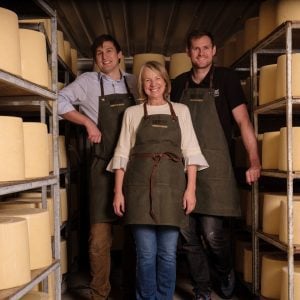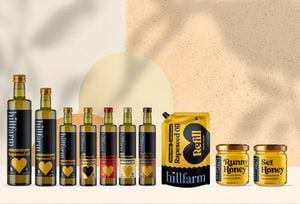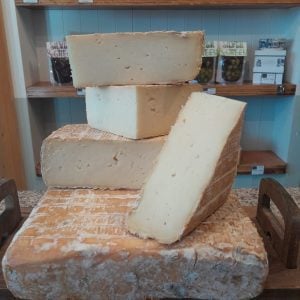
Multiple areas of food production – including wheat, dairy, vegetables and lamb – will be under pressure from shrinking supply and increased prices due to the persistent wet weather in the UK during the early months of 2024.
The UK’s Agriculture and Horticulture Development Board (AHDB) has stated that the wheat crop across the country has been hit by wet weather and that it is expecting producers and bakers to be more reliant on more costly imports than ever before.
“On top of everything that’s happened over recent years, a rise in wheat prices is the last thing that small, independent bakeries need,” said Chris Young, Real Bread Campaign coordinator. “As we head deeper into the climate crisis, things that could help to maintain food security include developing wheat populations and landraces, as well as agroecological farming systems, that will be more resilient.”
Rain has also wreaked havoc on the plans and yields of UK vegetable-growers but farm shops that FFD spoke to were generally positive about how to cope with this.
Groombridge Farm Shop in Kent is renowned for its asparagus and its soft fruit and shop manager Samantha Green says both its own produce and the items they buy in from New Covent Garden Market have been impacted.
“We do find the prices have been higher than usual so we would expect the supply chain has been affected by the weather,” she said. “We encourage customers to eat seasonal British-grown fruit and veg as it is generally cheaper.”
At Bell’s Farm Shop in Worcestershire, planting has not gone to plan because of the weather but owner Vicki Colwill remains sanguine.
“What I’ve learned over the years is that you plant a load of crops and something always grows,” she told FFD. “It might not be the precise thing you want, but there’s always some food available and always an interesting product to eat. So, it’s very much about supporting the thing that’s growing well and championing that, not worrying so much about the thing that’s failed.”
Lamb has also felt the impact of the climate, with the NFU forecasting a lower survival rate.
Eleanor O’Brien of industry body National Craft Butchers said the price of lamb had been on the increase for several years but her members have told her higher volumes of cold, wet weather pushed back finishing times – meaning there was less true spring lamb on the market and more hogget-aged meat.
The ADHB is also expecting cows’ milk production to decrease as a result of less pasture grazing and decline in silage quality further down the line.
This article first appeared in the May 2024 edition of Fine Food Digest .



